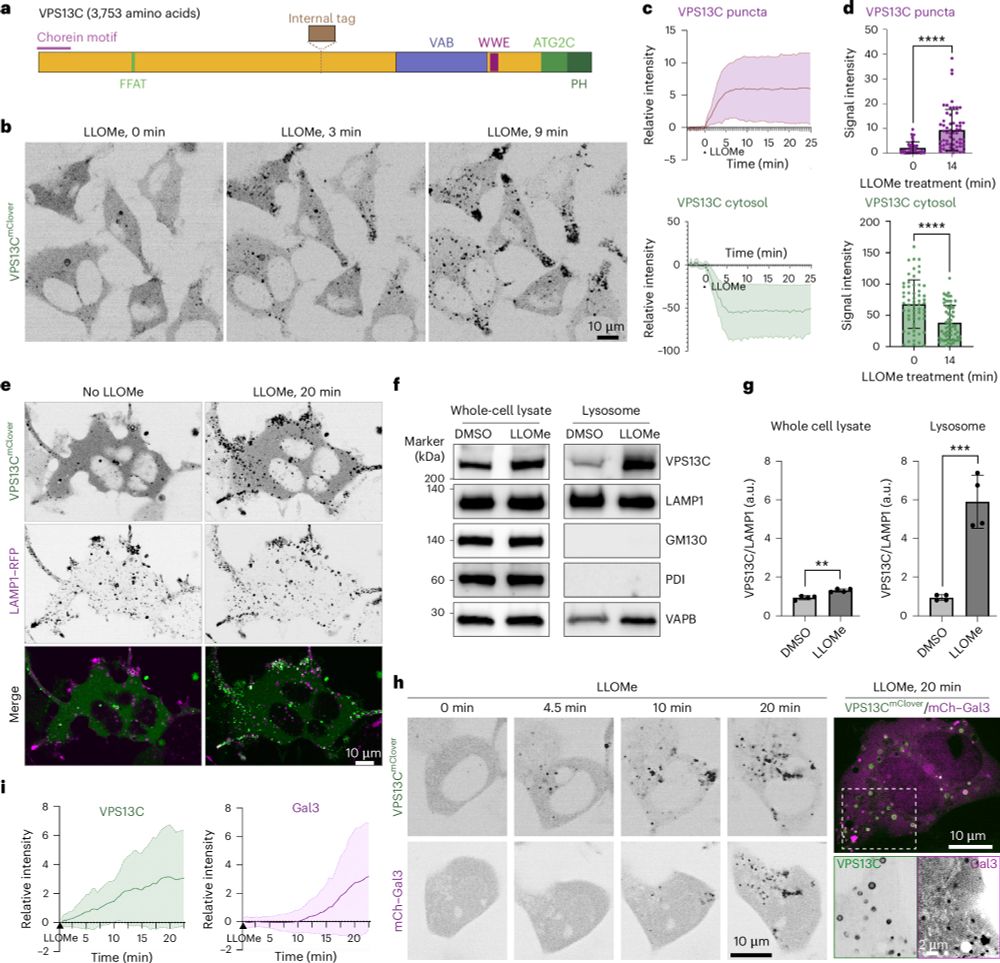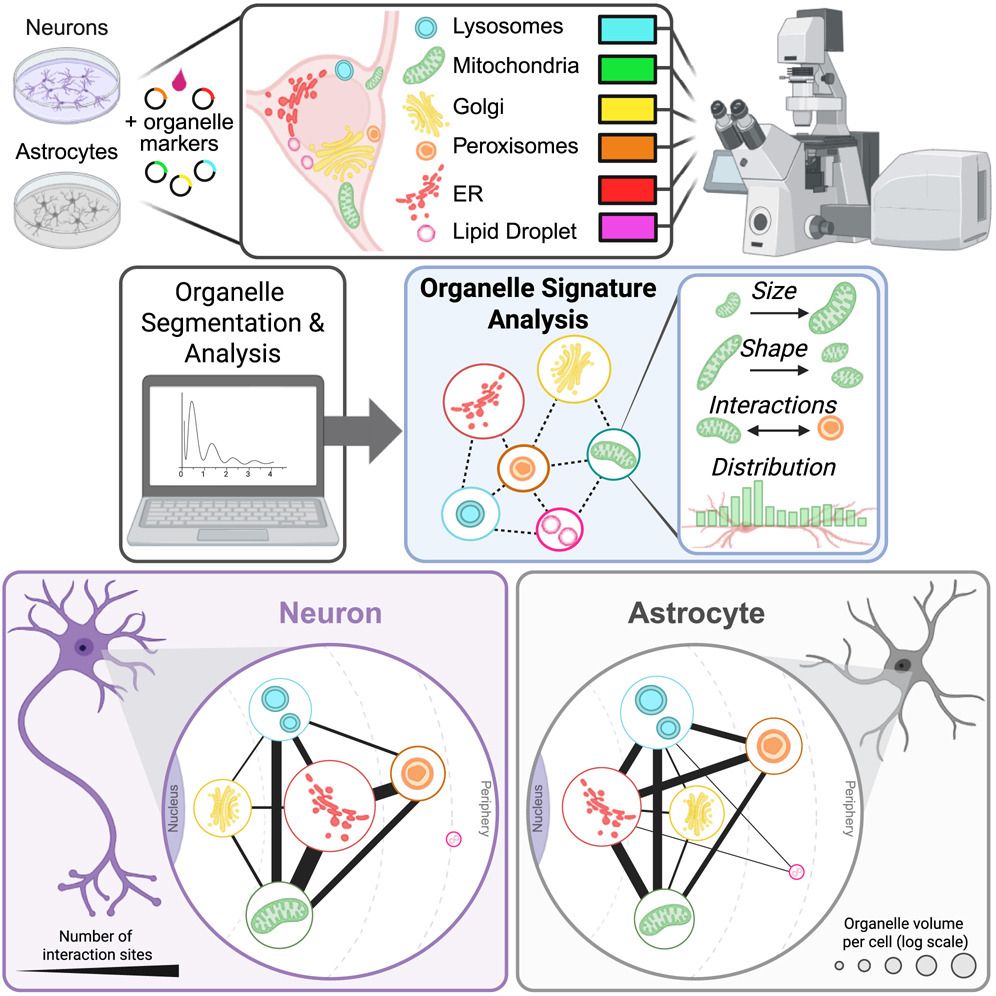
Congrats to all co-authors for the excellent work!
pubs.acs.org/doi/10.1021/...
pubs.acs.org/doi/abs/10.1...

Congrats to all co-authors for the excellent work!
pubs.acs.org/doi/10.1021/...
pubs.acs.org/doi/abs/10.1...
www.nature.com/articles/s41...

www.nature.com/articles/s41...
www.nature.com/articles/s41...


Cori, a biochemist, co-discovered the Cori cycle which unlocked how the body regulates glucose--foundational for diabetes treatments & insulin therapy. She was awarded the 1947 Nobel Prize in Physiology or Medicine for the discovery. #WomenInSTEM

Cori, a biochemist, co-discovered the Cori cycle which unlocked how the body regulates glucose--foundational for diabetes treatments & insulin therapy. She was awarded the 1947 Nobel Prize in Physiology or Medicine for the discovery. #WomenInSTEM
Robbie Loewith, Aurélien Roux @rouxlab.bsky.social and coworkers
www.embopress.org/doi/full/10....

Learn more this week: https://scim.ag/4nFEGO7

Learn more this week: https://scim.ag/4nFEGO7
www.nature.com/articles/s41...

www.nature.com/articles/s41...

Congrats to Oliver and Eric and many thanks to the editor and reviewers for a thoughtful and efficient review process.
See here:
www.sciencedirect.com/science/arti...
Congrats to Oliver and Eric and many thanks to the editor and reviewers for a thoughtful and efficient review process.
See here:
www.sciencedirect.com/science/arti...

journals.biologists.com/jcs/article-...
journals.biologists.com/jcs/article-...





rdcu.be/ehbaL

rdcu.be/ehbaL
journals.plos.org/plosbiology/...

journals.plos.org/plosbiology/...

Kuffer & Marzilli engineered conditionally stable MS2 & PP7 coat proteins (dMCP & dPCP) that degrade unless bound to RNA, enabling ultra–low-background, single-mRNA imaging in live cells.
🔗 www.nature.com/articles/s41...
🧬 www.addgene.org/John_Ngo/
Kuffer & Marzilli engineered conditionally stable MS2 & PP7 coat proteins (dMCP & dPCP) that degrade unless bound to RNA, enabling ultra–low-background, single-mRNA imaging in live cells.
🔗 www.nature.com/articles/s41...
🧬 www.addgene.org/John_Ngo/

onlinelibrary.wiley.com/doi/10.1111/...
I’m so excited! Stay tuned for more posts about it and give it a read when you can🥰
onlinelibrary.wiley.com/doi/10.1111/...
I’m so excited! Stay tuned for more posts about it and give it a read when you can🥰
@nadlerlab.bsky.social

@nadlerlab.bsky.social
www.nature.com/articles/s41...

www.nature.com/articles/s41...
www.nature.com/articles/s41...


